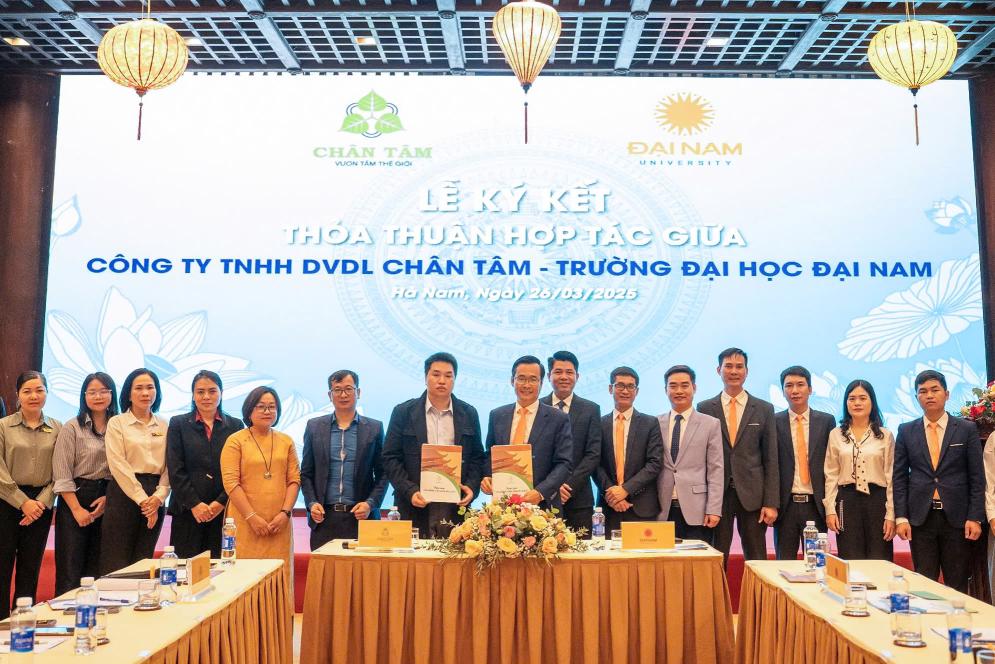Finding effective learning methods for new DNU Nursing students

The characteristic of the Health sector is the "huge" amount of knowledge, learning theory must be closely linked with practice. Therefore, it is not surprising that Nursing students "eat and sleep" with their studies. However, new students of K16 do not be afraid of not being able to keep up with the training program. Effective learning requires a method, let's find out through the article below!
Classroom learning methods
New students should read the textbook before coming to class to get a general idea of the lesson content. When listening to lectures in class, train yourself to concentrate as much as possible. If you are nearsighted or have poor concentration, ask to sit in the front row.
In addition, train yourself to write shorthand, write selectively and be critical even while taking notes. Underline the key points of the lesson to remember them longer. If you do not understand something, you should proactively ask your teachers or read more textbooks and reference materials.
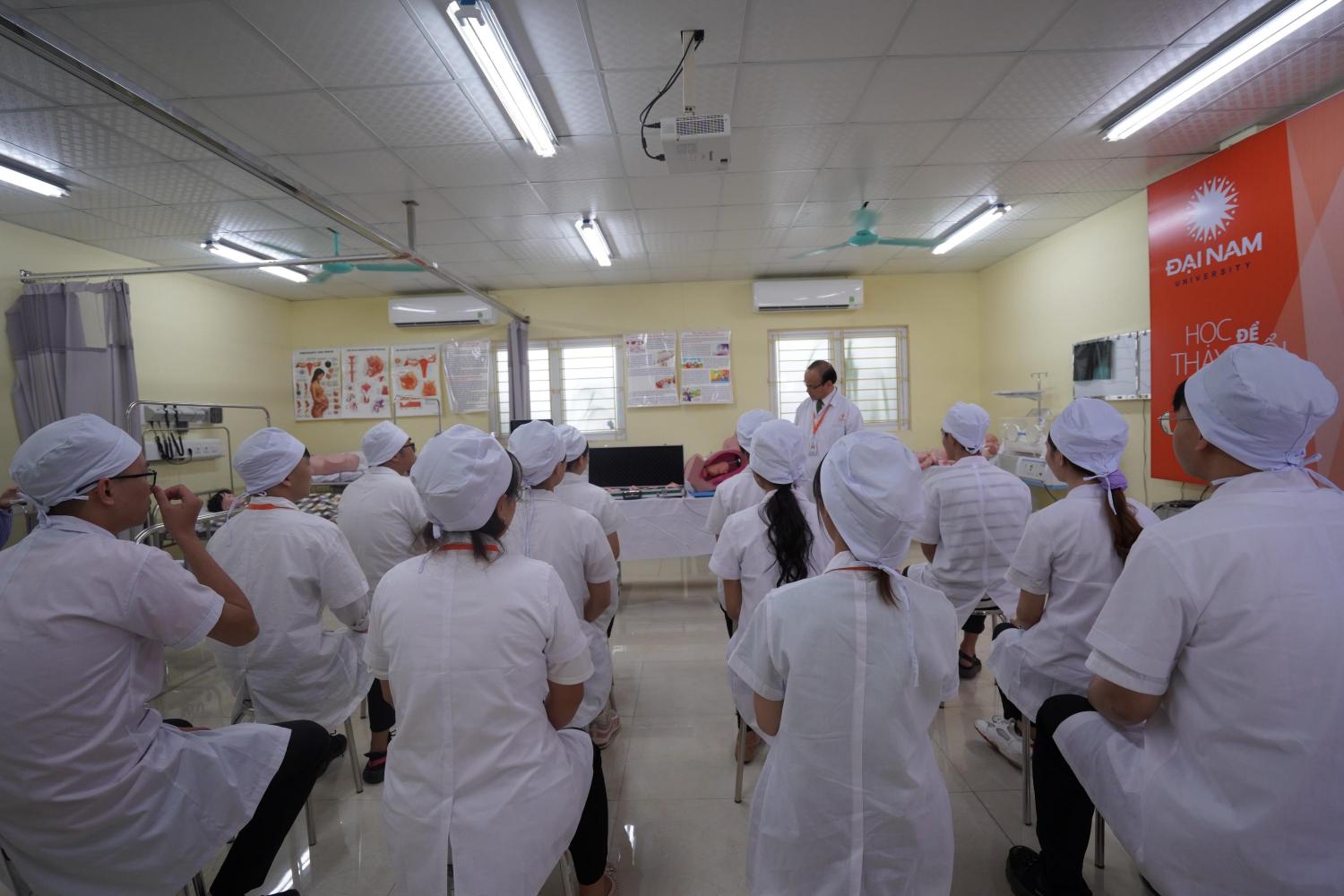
Practical learning method
At the Faculty of Nursing, students' practice and internship time accounts for 2/3 of the total study time, which means that one theory period will have three practice periods. In addition to practicing on models and doing internships at domestic medical facilities, DNU Nursing students also do internships in developed countries such as Japan, Korea, and China under the Internship cooperation program.
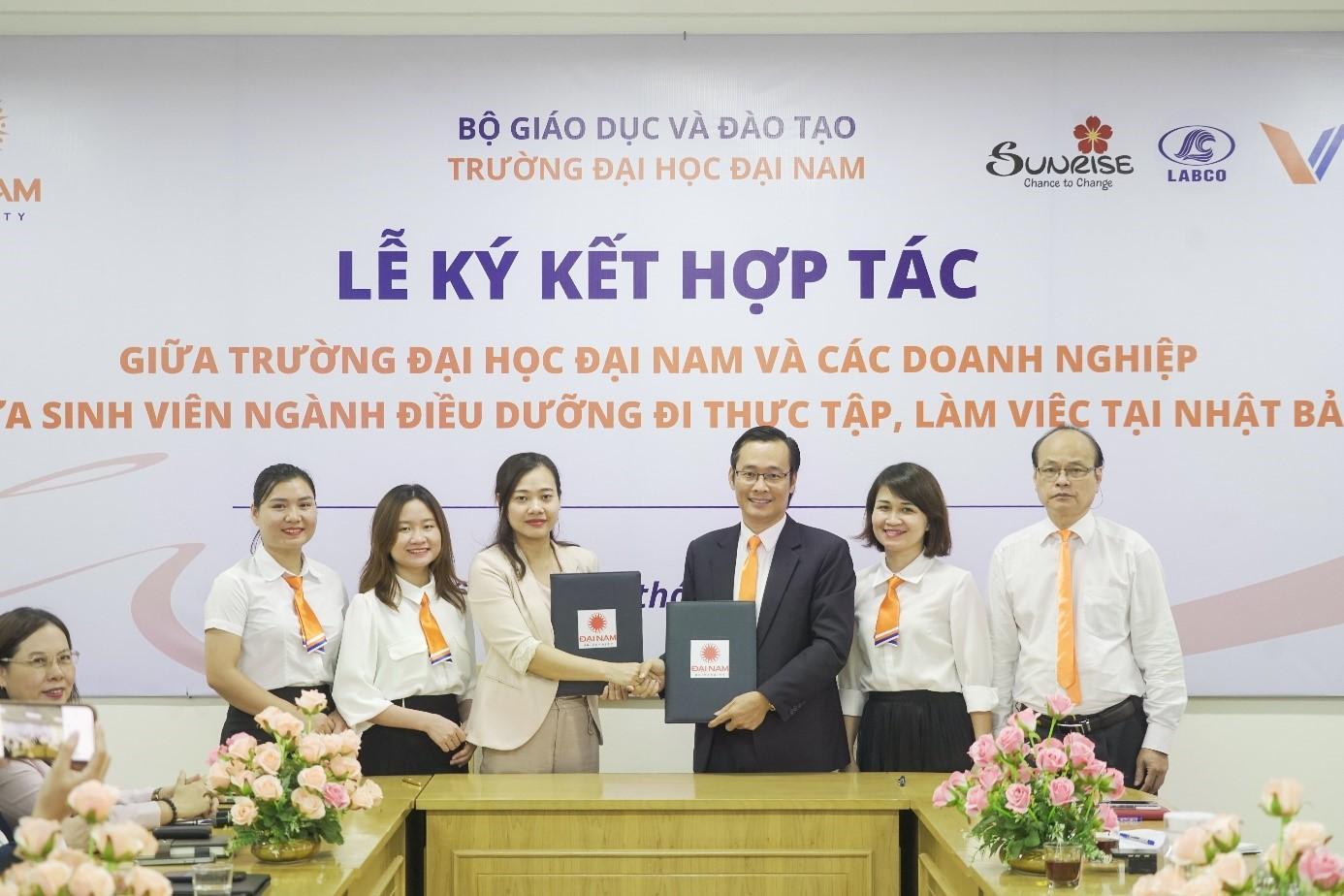
Dai Nam University signed a contract with Labco Labor and Trade Cooperation Joint Stock Company.
To have good skills in the pre-clinical practice room (skills-lab), nursing students must first have a solid grasp of the theory. Second, in the lab, they must carefully observe the practice of the lecturer/instructor; use the skills checklist to record each step of implementation and their own questions so that the teacher can promptly answer and guide them.
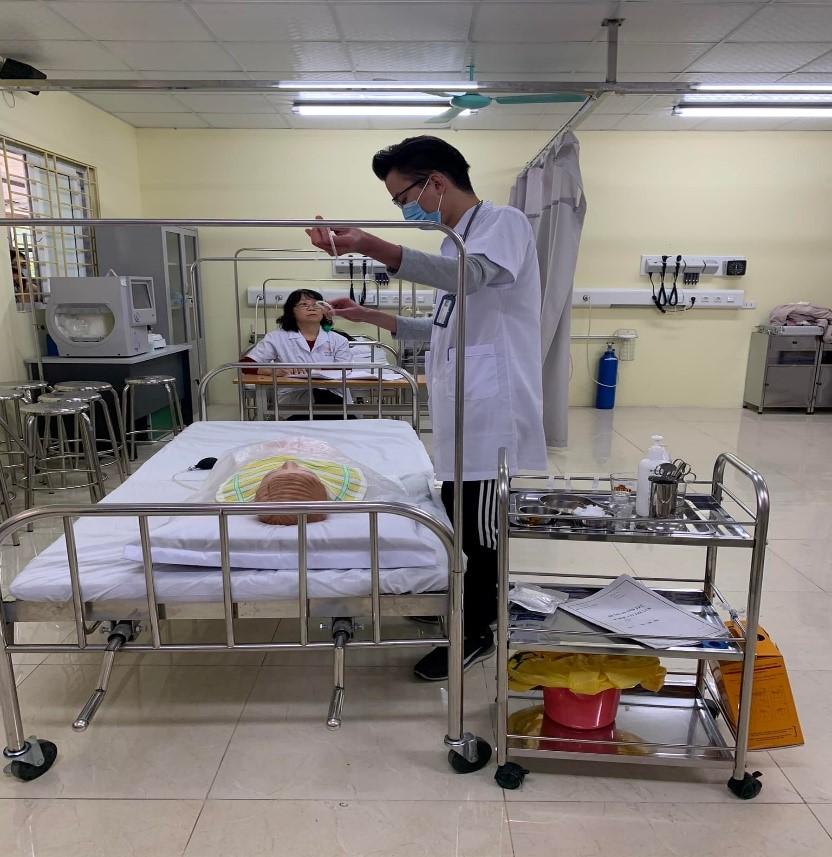
DNU Nursing students practice in the Lab.
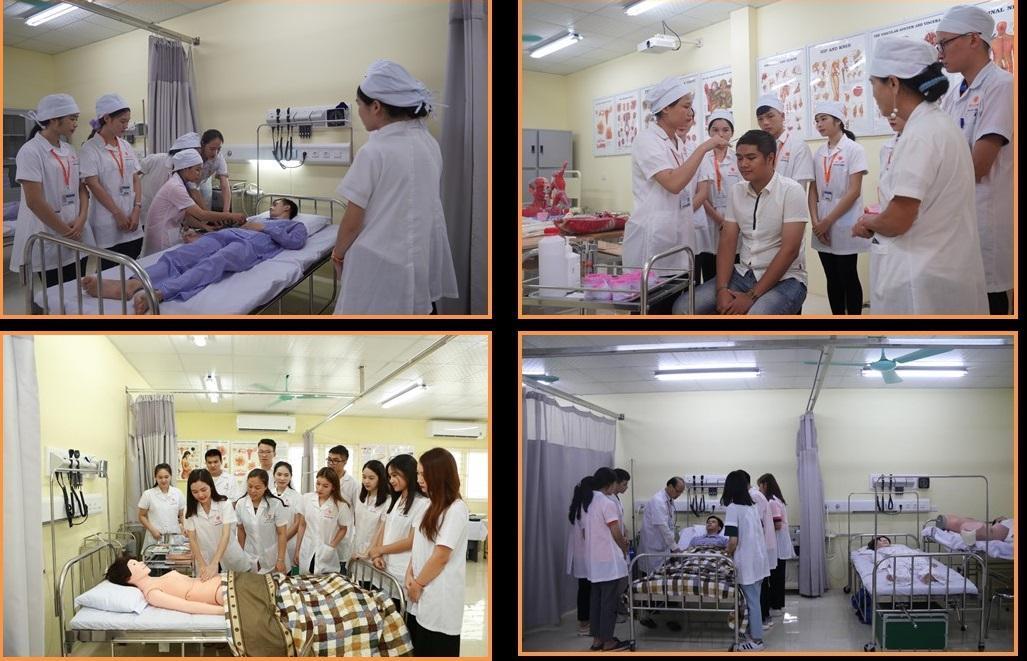
Learning method to learn deeply and remember for a long time
Before memorizing, we must read the main content of the lesson carefully, mark the key parts and main ideas with a highlighter. Use the method of building a tree-like content map or by counting to memorize the main content of the lesson; combine to learn the relationship and logic between the information. With this method, we can memorize very quickly and remember the lesson for a long time.
Besides, students should regularly supplement their knowledge by consulting documents and searching on the Internet.
Methods when going to the clinic
The first thing nursing students need to overcome is shyness and self-consciousness. You should take the initiative to communicate, ask, encourage and share with patients, build relationships and gain their trust. When patients trust you, they are willing to help you complete your work and tasks.
When going to clinical practice, remember to stay close to the lecturers, doctors, and nurses in the department when examining patients; learn and observe carefully the examination process, procedures, etc. If you do not understand anything, ask the instructor immediately. Carefully record what you learn when going to clinical practice; discuss with friends to learn from each other's experiences.
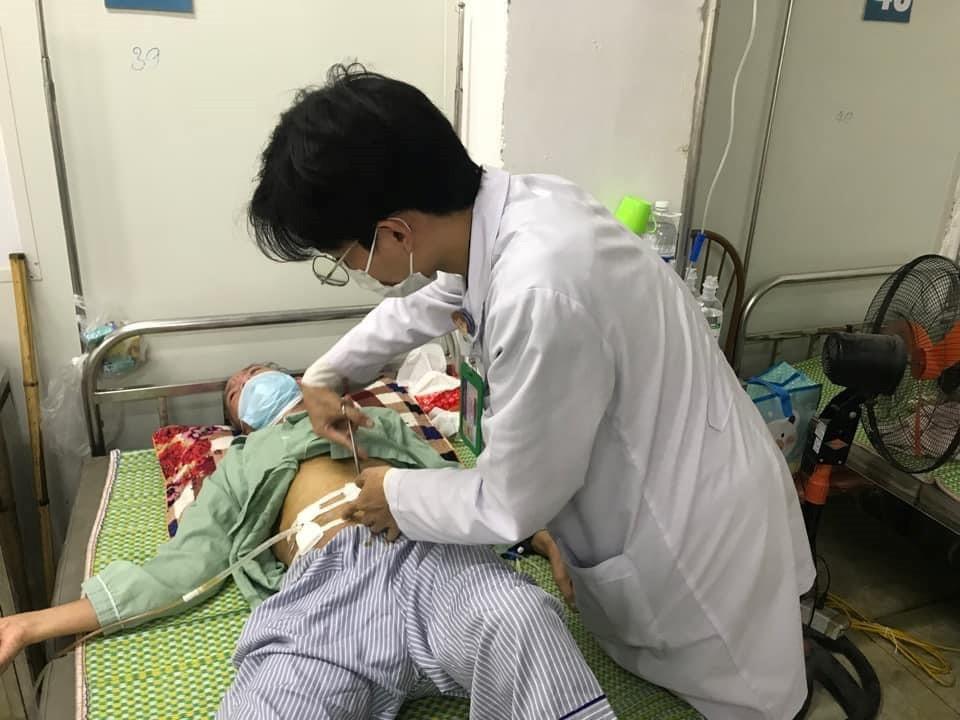
Clinical internship students at Ha Dong General Hospital.
Method when going directly
Being on duty is the time when you learn the most, students should take advantage of it and try to study hard. When receiving patients, you should take the opportunity to ask about their illness, briefly examine their symptoms and give your preliminary diagnosis first. Then, compare and analyze your initial assessment with the doctor's diagnosis to gain experience.
Most of all, you need to closely follow the Doctor and Nurse on duty to see how they examine patients and perform procedures; ask for help and guidance.
With the above learning methods, we hope that new students of K16 will confidently study and become good nurses in the future.
Register for admission consultation 2025
scholarships and tuition support worth up to 55 billion VND

scholarships and tuition support worth up to 55 billion VND





